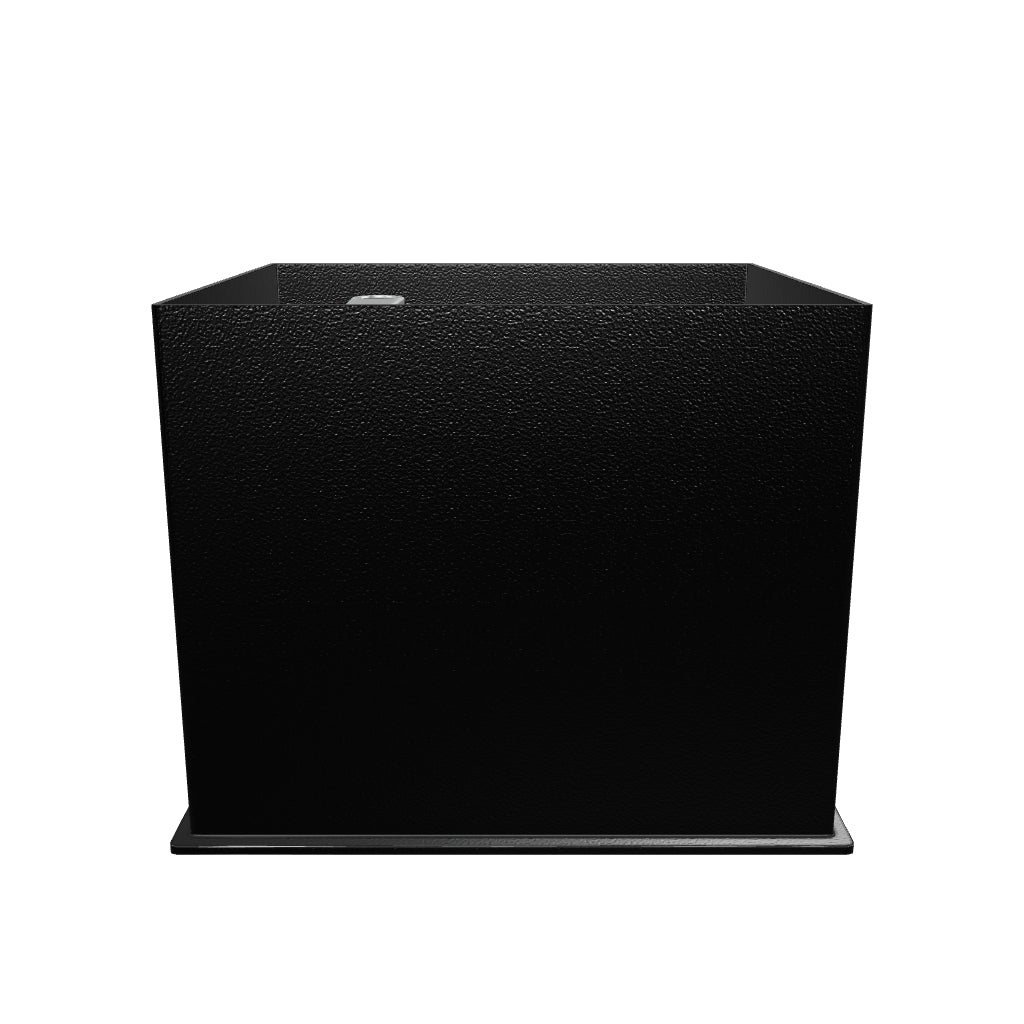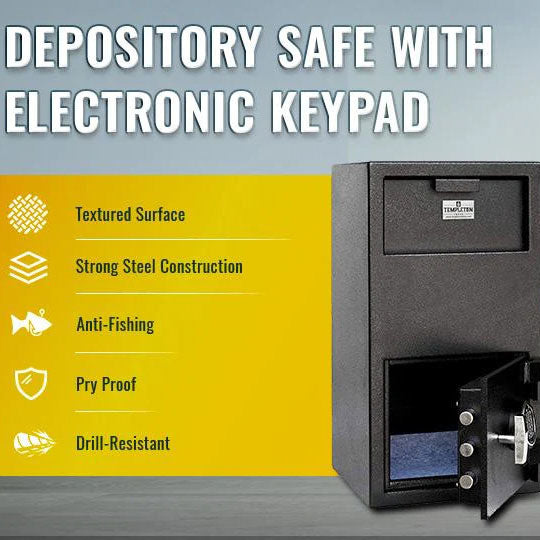Your Best Antivirus Won’t Stop a Crowbar: Why You Need Both Cyber and Physical Security
In today’s digital-first world, we pour countless resources into cybersecurity: firewalls, antivirus software, VPNs, multi-factor authentication. But here’s the truth no IT manager can ignore—your strongest digital defenses won’t stop a crowbar.
While most businesses focus on safeguarding data from hackers and viruses, many overlook a critical vulnerability: physical access. If a bad actor can walk into your office and steal your backup drives, servers, or sensitive paperwork, your firewalls become irrelevant. True security is layered, and it must bridge both digital and physical worlds.
The Weakest Link in the Chain
We’ve all heard the saying, “A chain is only as strong as its weakest link.” In security, the same rule applies. A company might have airtight network security but keep backup drives sitting in an unlocked drawer. Or worse, server racks left in a room secured by nothing more than a standard office lock.
Imagine investing thousands in cloud security and then leaving the physical server that controls your network exposed. It’s like installing the world’s best home security system and leaving your front door wide open.
Why Physical Security Still Matters
We often forget that cyberattacks aren’t the only threats. Theft, sabotage, natural disasters, or even simple accidents can cause just as much data loss and business disruption. This is where physical security becomes essential.
Let’s break down a few real-world examples:
- Backup Drives: Many companies rely on external hard drives or tapes for disaster recovery. But if these aren’t secured in a fireproof, tamper-resistant safe, they are vulnerable to theft, fire, or water damage.
- Servers: On-site servers often house sensitive customer data, financial records, and intellectual property. Unauthorized physical access can lead to server tampering, data breaches, or full-scale theft.
- Key Documents: Not everything is digital. Contracts, employee records, and compliance paperwork need physical protection too—especially in sectors like healthcare, finance, and law.
The Layered Approach: Cyber + Physical Security
Think of your data like a precious treasure. Digital security is the moat and high walls around your castle. But what if an intruder manages to cross that moat? Physical security is the lock on the treasure chest itself.
A well-rounded strategy should integrate:
-
Cybersecurity Tools:
- Antivirus and anti-malware
- Firewalls and intrusion detection systems
- VPNs for secure remote access
- Regular software updates and patching
- Strong password policies and multi-factor authentication
-
Physical Security Measures:
- Secure safes for backup drives and sensitive documents
- Server rooms with restricted access and robust locks
- Fireproof and waterproof storage solutions
- Alarm systems and surveillance cameras
- Environmental controls (for heat, humidity, and water damage)
This two-tier system ensures that even if one line of defense is breached, the other remains intact.
Analogies That Stick
For business managers and decision-makers, analogies can help make the case for dual-layer security:
- Safe + VPN: Your VPN keeps your online activity secure, but your safe ensures no one can physically steal the hard drive where that activity is logged.
- Firewall + Deadbolt: A firewall keeps out digital intruders, just like a deadbolt keeps out burglars. Would you feel safe with just one of the two?
- Cloud Backup + On-Site Safe: The cloud offers redundancy, but a local backup secured in a physical safe adds an extra layer of protection when internet access is compromised.
Compliance and Reputation at Stake
Many industries are subject to compliance regulations that require both digital and physical security measures. HIPAA, GDPR, PCI-DSS, and other frameworks expect organizations to prove they’ve secured sensitive data from all angles.
Failure to protect data—whether through a cyberattack or a physical breach—can lead to steep fines, legal consequences, and irreparable reputation damage.
Bringing It All Together: A Complete Security Mindset
Cybersecurity tends to steal the spotlight in today’s digital age, but physical security is just as critical—and often overlooked. Data doesn’t just live in the cloud; it resides on tangible hardware that can be stolen, damaged, or destroyed.
In short: Your best antivirus won’t stop a crowbar. A truly secure business understands that safeguarding information requires a blend of both cyber and physical defenses. Don’t let one weak link unravel your entire security strategy.






























